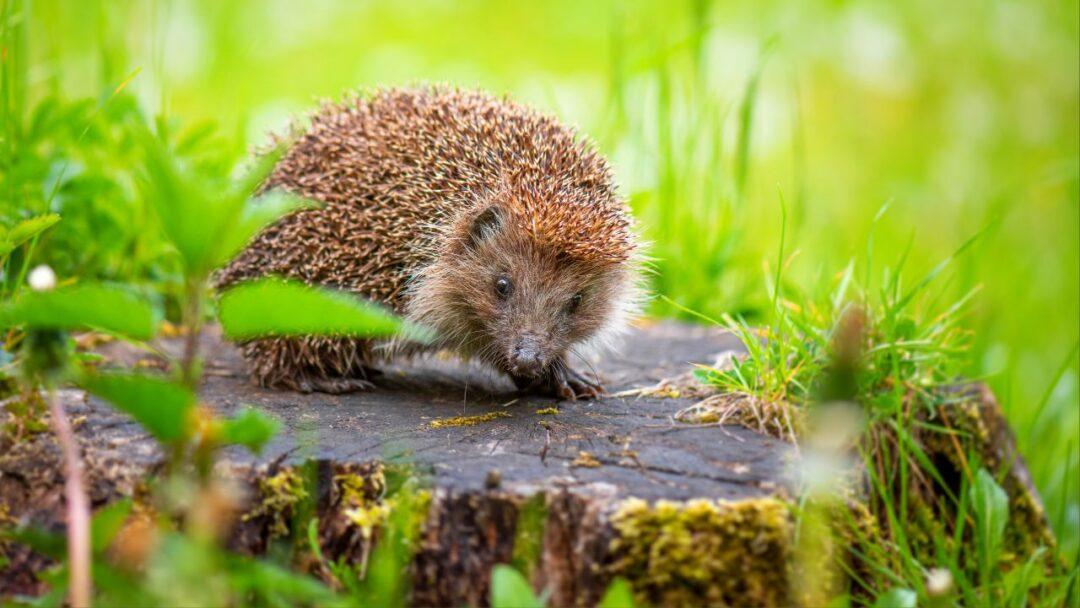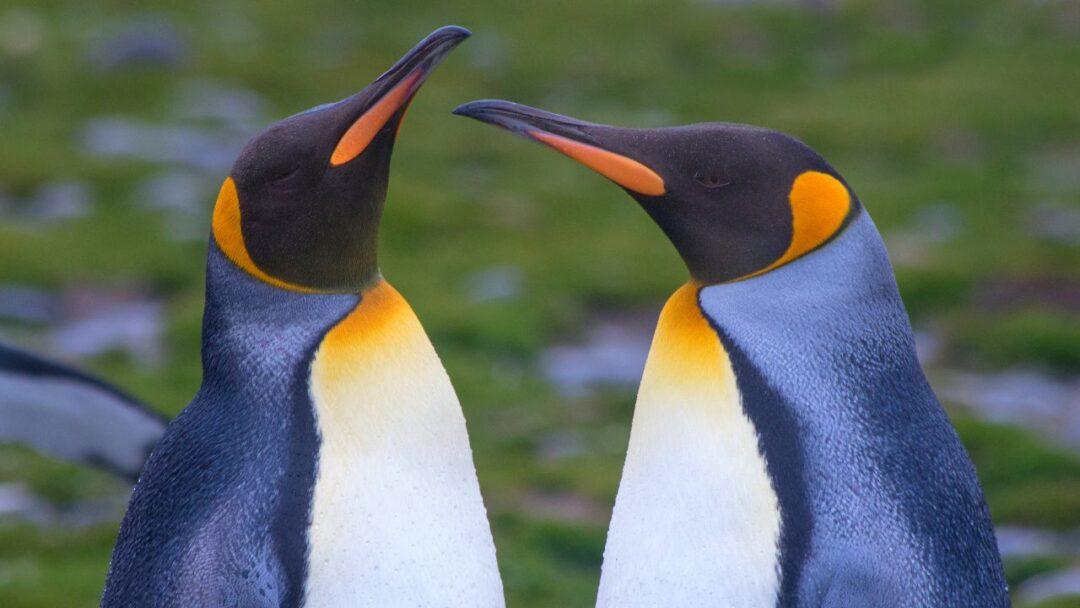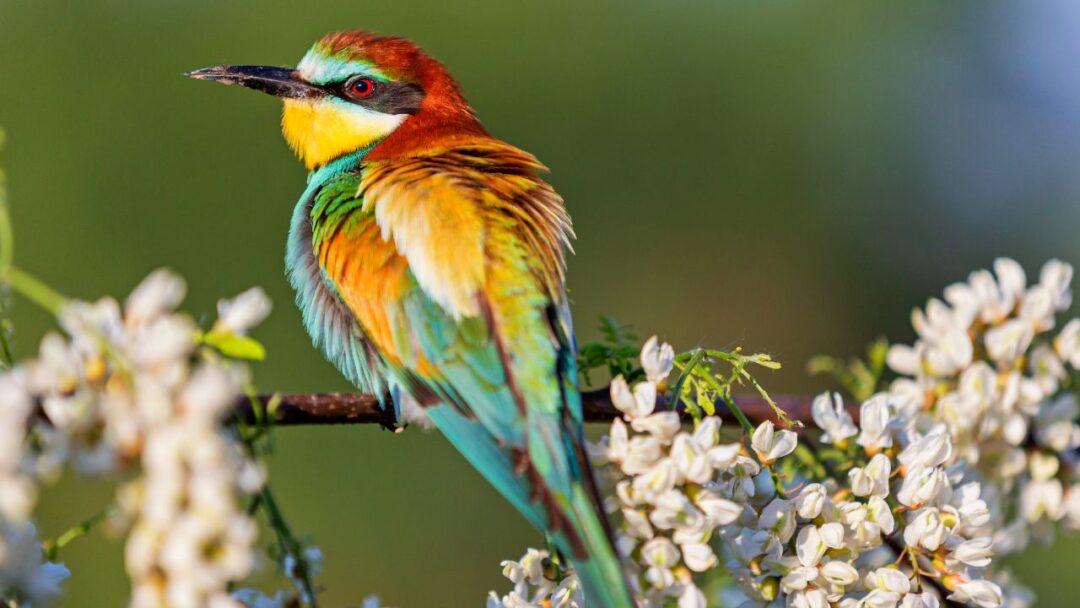Table of Contents

Introduction
Prepare to be transported into the beautiful world of Hedgehogs as we reveal 10 previously unknown and totally amazing facts about these enthralling creatures. From their numerous species to strange characteristics, we’ll debunk myths and investigate their role in the ecosystem. Prepare for an incredible adventure into the fascinating world of hedgehogs.
10 Untold or Unbelievable Facts About Hedgehogs
- The Echidna Connection: Hedgehogs belong to the family Erinaceidae, which includes not only hedgehogs but also the intriguing echidnas, also known as spiny anteaters.
- Species Spectacle: There are a staggering 17 species of hedgehogs spread across different parts of the world, each with its distinct characteristics and habitat preferences.
- Nighttime Explorers: Hedgehogs are primarily nocturnal creatures, meaning they are most active during the night. Their keen sense of hearing and smell helps them navigate the darkness while searching for food.
- Spike Spectacle: Hedgehogs are adorned with a dense coat of spines or quills that serve as their primary defense mechanism. Contrary to popular belief, their spines are not poisonous or barbed, but they can give a sharp poke if they feel threatened.
- Hibernation Wonders: Many hedgehog species hibernate during the winter months to conserve energy and survive in harsh conditions. They prepare by building nests and lowering their body temperature to enter a state of deep sleep.
- Insect Connoisseurs: Hedgehogs have a voracious appetite for insects, making them excellent pest controllers in gardens and agricultural fields. They consume an astonishing variety of creepy crawlies, including beetles, slugs, snails, and even small vertebrates like frogs and lizards.
- Stellar Swimmers: While hedgehogs are mainly terrestrial, some species showcase exceptional swimming skills. They can paddle across shallow water bodies with surprising agility when necessary.
- Surprising Speed: Despite their stocky appearance, hedgehogs can achieve remarkable speeds when they need to evade predators. They can run at an astonishing pace of up to 6 miles per hour.
- Quill Cozy: Hedgehogs possess a natural self-grooming technique called “anointing.” When encountering a new scent or taste, they produce a frothy saliva mixture, which they spread over their spines using their tongue. It’s still a mystery why they do this, but it might be a form of self-defense or communication.
- Resilient Survivors: Hedgehogs have been on Earth for millions of years, and they have adapted to various habitats and environmental conditions, showcasing their remarkable resilience as a species.
Mysterious Facts and Myths
Hedgehogs have captivated human imagination for millennia, giving rise to a plethora of myths and fascinating beliefs. Here are some interesting facts and beliefs about hedgehogs:
- Hedgehogs are sometimes related with mythology and magic. In certain cultures, they are thought to have mystical properties or to bring good luck.
- A common misconception is that hedgehogs can roll into a perfect ball to shield themselves from predators. While they do curl up into a ball, some predators, such as badgers, have figured out how to get over this defense.
Important to Ecosystem
Hedgehogs perform an important part in the ecology, contributing to nature’s delicate balance. Their diet consists mostly on insects, which aids in the control of pest populations that can harm crops and gardens. Hedgehogs also serve as prey for larger predators, preserving the complicated web of life within their particular environments.
What are hedgehogs?
Hedgehogs are small spiny mammals known for their unique appearance and nocturnal habits. They belong to the Erinaceidae family and are characterized by their spiky spines, stout bodies, and rounded faces.
What do hedgehogs eat?
Hedgehogs are omnivores, meaning they consume both plant matter and insects. Their primary food source is insects such as beetles, worms, slugs, and caterpillars. They also consume fruits, vegetables, and occasionally small mammals or eggs.
Where do hedgehogs live?
Hedgehogs are found in various habitats across Europe, Asia, and Africa. They can thrive in a range of environments, including forests, meadows, gardens, and even urban areas. They build nests in shrubs, under tree roots, or in piles of leaves.
How do hedgehogs protect themselves?
Hedgehogs have an extraordinary defense mechanism. When threatened, they curl up into a tight ball and expose their spiky exterior as a shield. This self-protective behavior keeps them safe by deterring predators.
Are hedgehogs good pets?
Hedgehogs make fascinating pets, but they require specialized care. They require a large enclosure with hiding places, a nutritious diet, and regular veterinary check-ups. Furthermore, because they are nocturnal animals, they may not be as interactive during the day as other pets.
Can hedgehogs swim?
While hedgehogs are not strong swimmers, they can paddle and stay afloat for a short time if they come into contact with water. It is, however, critical to ensure their safety near water, as they can easily become exhausted or struggle to climb out of deep containers.
Do hedgehogs hibernate?
In colder climates, hedgehogs are known to hibernate. To conserve energy, their body temperature drops and their metabolism slows down during hibernation. However, not all hedgehogs hibernate due to factors such as temperature, food availability, and individual health.
Can hedgehogs be kept as outdoor pets?
Hedgehogs as outdoor pets are generally not recommended. They are vulnerable to temperature extremes and are preyed upon. To ensure their safety and well-being, it is best to provide them with a controlled indoor environment.
How long do hedgehogs live?
Hedgehogs typically have a lifespan of 3 to 7 years in the wild. However, with proper care in captivity, they can live up to 8-10 years or even longer.
Are hedgehogs social animals?
Hedgehogs are primarily solitary animals who prefer to be alone. When housed together, they can exhibit territorial behavior, which can lead to conflicts. During mating season or when raising young, they may tolerate brief social interactions, but it is critical to monitor their behavior and ensure their well-being.
Conclusion
The world of hedgehogs is extremely amazing, full of fascinating facts that will leave you speechless. Hedgehogs continue to interest and intrigue both researchers and amateurs due to their numerous species and intriguing behaviors. These lovely creatures silently contribute to the delicate fabric of life as they navigate the night in quest of nutrition, making them a crucial component of our natural environment.
10 Fascinating Facts About armadillos: NEXT POST




